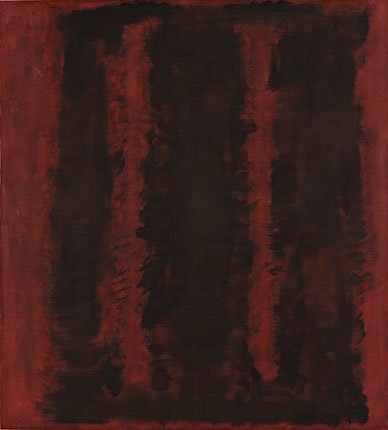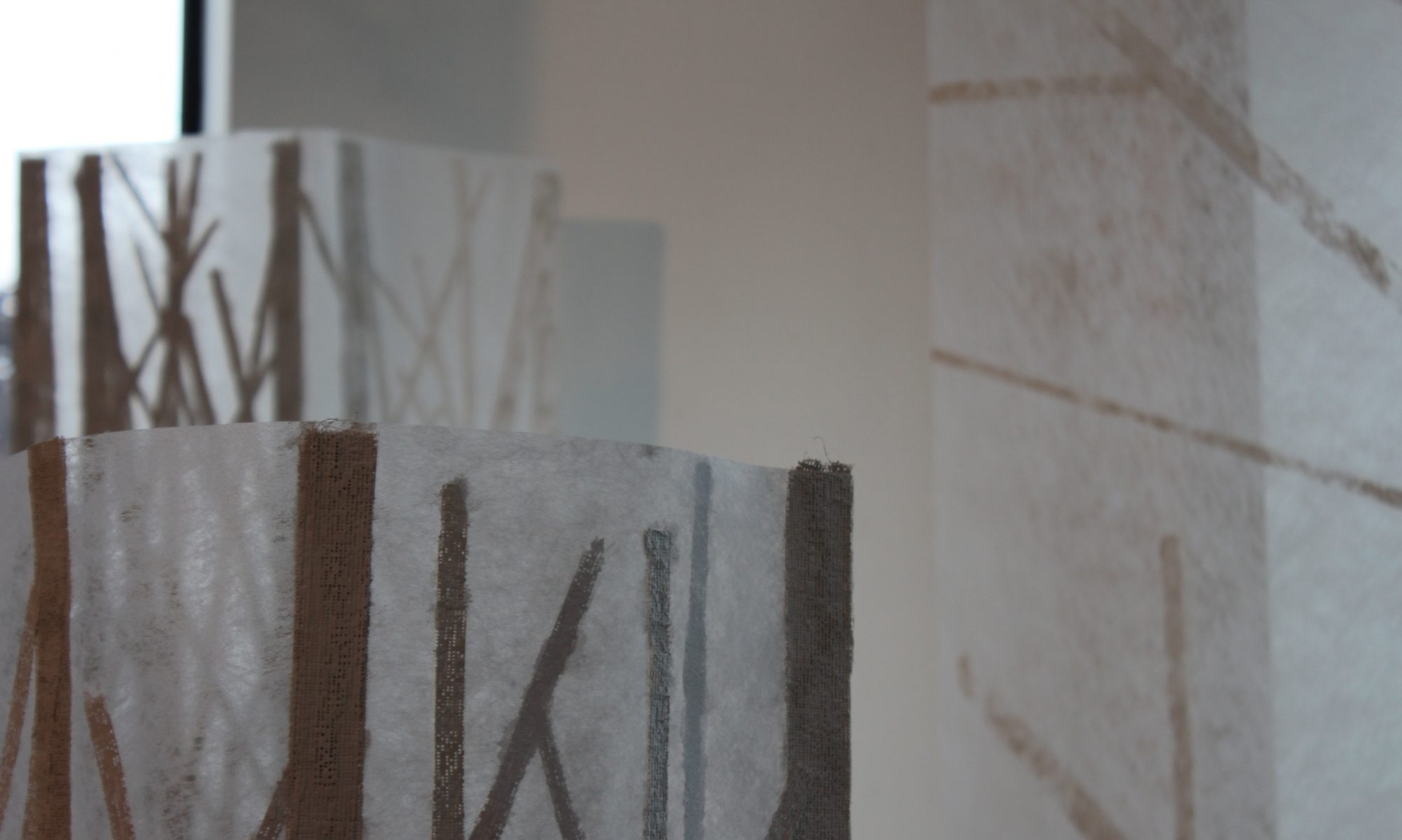In my Pecha Kucha, I tried to present the basis of my thinking/inspiration/project concept with reference to the background posted below – a sort of melding of the Arts in Health with the Kimono installation that I had been doing up to the beginning of FMP. Neither felt ‘finished’. The Kimonos group crit. left me buzzing with ideas to pursue; coming up, in March, is The First National Culture, Health and Well-being Alliance Conference. (CHWA) I have a ticket. Over half term, getting ready for FMP and putting PK together, I researched around the concept of our environment impacting upon us and artistic expressions of this; the road led to The Sublime. https://www.tate.org.uk/art/research-publications/the-sublime
This area of the Tate website is an extensive one with the following sections; ‘Project Overview’, ‘What Is the sublime?’, ‘Resources’, ‘The Baroque sublime’, ‘The Romantic sublime’, ‘The Victorian sublime’, ‘The modern sublime’ each containing a range of articles from art historians, artists, philosophers etc. with expertise/opinion in each particular area………. I had planned to start at the beginning and just read through the lot but, of course, there are all the links and tempting little detours! Needless to say – it took nearly the whole of Half Term . My leisure reading for the week was ‘A Book of Silence’ by Sara Maitland, chosen purely because it arrived the week before half term as a belated Christmas gift from my daughter. HOW SERENDIPITOUS!. As my journey through Sara’s book progressed in parallel with my ‘Sublime’ research, it seemed that I had fallen into an entirely unexpected confluence of thoughts, ideas and experiences. Sara had, in her quest for silence, moved to The North Pennines and, I discovered, had lived for some years, just up the road from me – resonant. She wrote of her sojourn in silence on The Isle of Skye – resonant …. (recalling being there myself last Summer with my husband and actually discussing the meaning of ‘sublime’ as we drove through the valley Sara had hidden away in.)
Reaching Sara’s reflection about ‘The Lake District’ – coincided with reading ‘The Romantics’ and ‘The Victorians’ on the Tate site. ……. Thus, Ruskin : a detour
Just the day before, I had listened to a programme on the radio about Ruskin’s bicentenary that had prompted me to look at The Brantwood website and visit https://ruskinland.org.uk/. then I discovered …….. https://www.ruskinprize.co.uk/2019 –

THEN THIS: JUST AS I HAD REACHED ‘THE MODERN SUBLIME’ HEADED-UP BY ROTHKO-SEAGRAM SERIES ……
I read … Maitland writes,
“One day, though, I discovered a new and for me unexpected sanctuary. I went to the Tate Modern and by chance found myself in the dim light of Room 3, where Rothko’s Seagram paintings hang: nine huge pulsating dense pools of silent energy. Rothko himself said the paintings were designed for ‘contemplation’ and Simon Schama has described them as ‘A space that might be where we came from or where we will end up. They’re not meant to keep us out, but to embrace us’. For me , that hot nervy afternoon, they were silence made visible; I was shaken by their power and their fierce dark beauty. ……. The visual arts are obviously silent in a way that literature and music can never be ….. I began to look for and find silence in both traditional and contemporary art (she discusses a series of specific works too long for here…..) These were all images that used silence itself as part of thew work and generated silence in me. In all these, and many others, the silence seems to pour out of the work into the space around it. I came to believe that my silence was making my seeing more sensitive.”
Maitland, S (2008), A Book of Silence, p.145-6
Resonant (Still, quiet …. beneath a tree) Connected (Ruskin’s woods)
R
